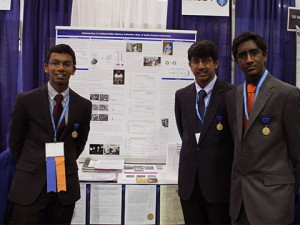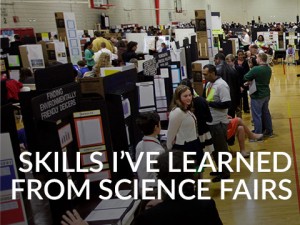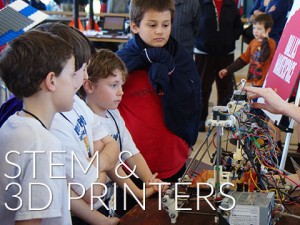
This is the second in a series of posts focused on science fair. In the rest of this series, I will talk about tips to winning at a science fair and my experience at the biggest stage for young scientists. Today, I’ll give some steps in picking a science fair project that you’ll enjoy.
The task of picking your science fair project seems simple at first, but it actually has a deeper importance. This project will be what you work on for the rest of your school year, possibly devoting many hours to complete, and it’s important to pick a project that you will enjoy. So lets dive in and figure out how to pick your science fair project!
First Step: Find an area of science that you’re interested in.
- If you already have interests selected, find the categories in which your interests in science would fit. Feel free to find more fields that you have an interest in. You can never have too many plan B’s. This will help when you do preliminary research, in the second step.
- If you don’t have interests in science, look at the list of common categories that science fairs use. Read the short descriptions that accompany each category and subcategory. Select a couple of categories that have grabbed your attention and move onto to the second step. If you decide later that you don’t like those particular categories, you can always redo these steps!
Second Step: Research and find problems that scientists in your area of science encounter.
- There are always problems in our world and scientists today are working to find solutions. When you embark on a science fair project, you are starting a research project to find a solution for one of those problems, however small, or big, it may be.
- When looking for problems you would be interested in solving, first look at topics that have a significant importance to you. This will not only motivate you when you are working on your project, others will see the reason you dedicated so much of your effort into your project. That is a strong image to present at science fair.
- Still stuck? Look at previous projects from the Intel ISEF competition! Use the criterion to find projects that were submitted to categories that you’re interested in. Read the project abstracts and see what problems those students tried solving.
- Is project selection a pool of quicksand that you can’t escape? Talk with fellow classmates or teachers who have had experience with science fairs. If you’re feeling bold, talk with professors and other scientists at local research facilities and universities. While you’re talking with them, you can start to ask them about using their facilities to conduct your higher level research project!
Third Step: Brainstorm solutions to the problems you found.
- This could mean a simple solution that you would have to test, or it could require background research into what the problem is and other information that pertains to the topic. Try contacting experts/professionals in the field you are researching for guidance and help.
When to use the Scientific Method vs. the Engineering Design Process
- A Scientist uses the scientific method when asking questions and developing an experiment to test those questions. Engineers use the engineering design process when creating a solution to a problem. However, there are examples where selecting one or the other is difficult and not easily seen.
- This flow chart, courtesy of Science Buddies, shows the difference in the process a scientist and engineer may take when conducting their research.


The three most important things to do when picking a science fair project:
- Pick a topic that is important to you, as well as a topic that you would enjoy studying and practicing.
- Try to pick a project whose result would be the solution to a problem currently being faced.
- Create a project that can follow the Scientific or Engineering Method.
In the previous blog post, I talked about my experience in science fairs to date.
In the next blog post, I’ll talk about presenting and winning at a science fair.







